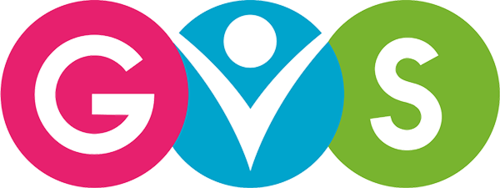Day in the life of an anaesthetic Operating Department Practitioner (ODP)
Ahead of National Operating Department Practitioners (ODP) Day, we asked Nicola Morley, an ODP in our main theatres at UHW, to share a day in her working life.
In most jobs, first thing in the morning you come in, chat to your colleagues, maybe make yourself a brew, and generally ease yourself into the day. Not in this job. You have to walk in ready to meet anything and everything. Today is a case in point. Just as my theatre manager asks me to write this “day in the life” for national ODP day, my colleague tells me I need to go to an arrest on a ward as there have been two simultaneous arrest calls. She has already been to a paediatric arrest. It is 07.52am, my shift starts at 08.00am. Fortunately my expertise as an Anaesthetic ODP was not required on this occasion, and I head back to theatre.
I’m in trauma theatre today, I have a colleague doubled up with me, so I’m guaranteed a lunch break! Yay! The first patient is an older gentleman who has vascular dementia and multiple other co-morbidities who has unfortunately broken his hip. It’s a complicated case with a high risk of blood loss, so I set up invasive blood pressure monitoring and the cell salvage machine (this allows any blood from the surgical field to be collected, filtered, washed and transfused back to the patient). It reduces the need for transfused blood, however, even with this the patient still needs two units of red blood cells to maintain his haemoglobin levels. It’s a long case, so while the patient is stable and being monitored by the anaesthetist I do the day to day “housekeeping”. It’s every anaesthetic ODP’s job to maintain the anaesthetic room, stock, cleanliness and generally getting ready for the next case (i.e. drips, intubating trolley, etc).
My colleague from earlier, who has been busy on the cardiac arrest bleep today, turns up and tells me there is a patient with cardiac tamponade who is being rushed to theatre and we have to set up an empty theatre for a cardiac emergency ASAP. Three of us seamlessly work together to get ready for the patient; complex anaesthetic procedures, arterial line, central line, cardiac general anaesthetic, TOE, pacing defibrillator ready in theatre, blood available, pumps ready for life saving infusions…together we are set for when the patient comes up the corridor. It’s a young guy, who is awake but becoming increasingly unresponsive. We all know we need to be quick here. The adrenaline is beginning to kick in and this is why we do the job - to save lives. The patient is able to give consent and answer questions about allergies and fasting status and we quickly get him onto the operating table and set up for a central line. Once the anaesthetist is set and has everything they need, I position myself by the patient’s head.
During times of emergencies, and occasionally in day to day cases, we as health care professionals get very task orientated. However, every patient like on that table is someone’s family member and ultimately just a scared person. It is our job as ODPs to make that person feel safe. I sit with the patient and calmly tell him exactly what we’re going to do and what he will feel. I tell him he’s doing great and that we’ll take good care of him all while monitoring his blood pressure and telling the anaesthetist when there is an ectopic from their central line wire so they can readjust it. Once the patient is safely anaesthetised, we run some point of care tests to check his blood coagulation and let the surgeons do what they do best.
At that point a colleague asks me if I want to go home, and I realise it is 18.00 already (I’m thankfully on a short shift today) so I hand over and say goodbye to the cardiac and trauma teams on the way out and thank them for their help throughout the day.
Now it’s home to my dogs and partner, however, I’ll think about today’s patient and make a mental note to check how he got on tomorrow when I go back in, ready to face anything and everything all over again.
